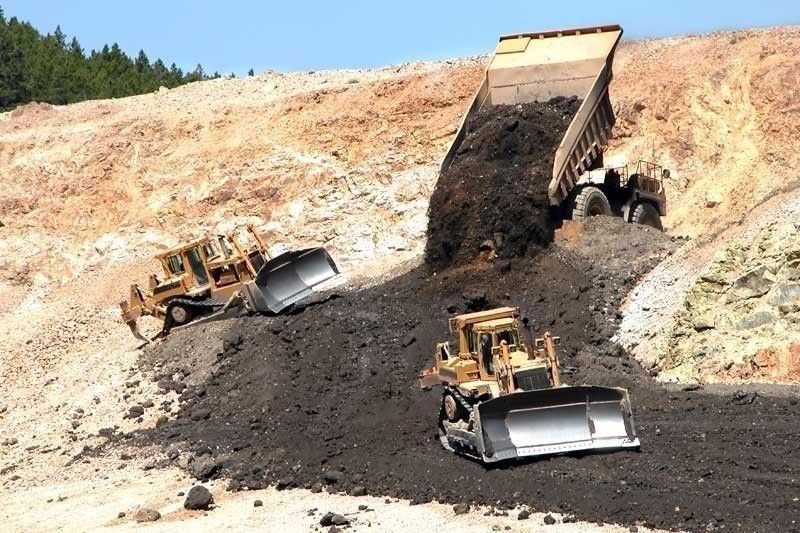Higher revenue-based taxes seen to derail mining progress

MANILA, Philippines — Imposing higher taxes on the mining industry, particularly on those operating outside mineral reservations (MRs), could derail the Marcos administration’s push to develop the country’s mining sector as studies commissioned by the government found the current mining tax regime “regressive” and “not competitive,” the Chamber of Mines of the Philippines (COMP) said.
COMP said investors are again taking a wait-and-see attitude until the challenge of higher taxes is resolved.
With the clamor for higher taxes, COMP said imposing more taxes based on mining companies’ revenues could stall the development of the country’s indigenous mineral resources, especially the so called green metals critical to the energy transition and green economy.
“Moreover, the government’s desire to develop further downstream processing and participate in the minerals value chain will not materialize,” it said.
COMP, whose members consist of large-scale metallic minerals development companies, cited two international tax studies commissioned by the Department of Environment and Natural Resources (DENR) and the Department of Finance (DOF) indicating that the mining tax regime in the Philippines is already high.
Deloitte Financial Advisory Services, in a DENR-commissioned study in November 2022, said “all three existing Philippine fiscal systems (on mining) were regressive, largely due to a significant number of taxes based on gross sales revenue or market value.”
The tax systems refer to those imposed on mining projects under the Mineral Production Sharing Agreement (MPSA), those operating inside MRs, and those under the FTAA.
On the other hand, the International Monetary Fund (IMF) Fiscal Affairs Department, in its June 2012 study on the Philippine mining tax commissioned by the DOF, said: “The current FTAA regime is not competitive internationally.”
“The current FTAA regime is a ‘tough’ regime for investors compared to fiscal regimes of other countries,” it added.
COMP said the excise tax was doubled to four percent after the passage of the Corporate Recovery and Tax Incentives for Enterprises (CREATE) Act.
On top of this is the imposition of local business tax and royalty to indigenous peoples if operating in ancestral domains – all of which are applied to gross revenues.
Meanwhile, there is an additional royalty of five percent for those operating inside MRs.
In addition, the Financial or Technical Assistance Agreement (FTAA) mining permit requires a top-up of taxes to 50 percent of the income if all taxes paid fall below such threshold.
But instead of higher taxes on revenues for those outside MRs, COMP is pushing for an income-based royalty with increasing tax rates at higher operating margins.
The group said this is also being done in other jurisdictions such as Chile and Peru, the top two copper producers in the world, and Canada for income-based royalty.
“These countries have in fact no tax impositions on their mineral resource industries that are based on revenues,” it said.
The group also cited Australia, which has revenue-based royalties “but the rates are tiered to metal prices such that the higher the price, the higher the rate.”
“These are examples of progressive tax regimes, in contrast to our current mining tax regime that, apart from the income tax, are all based on revenues using static numbers and thus considered a regressive regime,” COMP said.
The proposed windfall profits tax to be imposed on all mining companies is another example of a progressive tax, it added.
“Because it is in the nature of a ‘windfall,’ it starts at an operating margin of 35 percent with the tax rate increasing as margins increase,” it said.
The proposed reduction in the five percent royalty rate to three percent for those operating in MRs is meant to encourage investments within such areas, already reserved for mining purposes.
“Equalizing the tax structure of the FTAA with that of the MPSA is also meant to encourage investments from large and responsible foreign mining companies. It should again be noted that the FTAA tax structure is inordinately expensive as pointed out by the IMF and the Deloitte studies. There are only two companies operating under the FTAA permit,” COMP said.
- Latest
- Trending
































